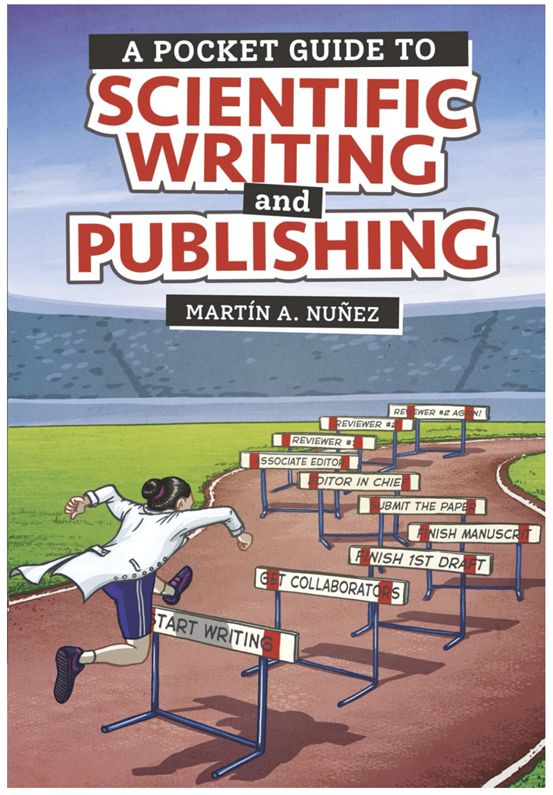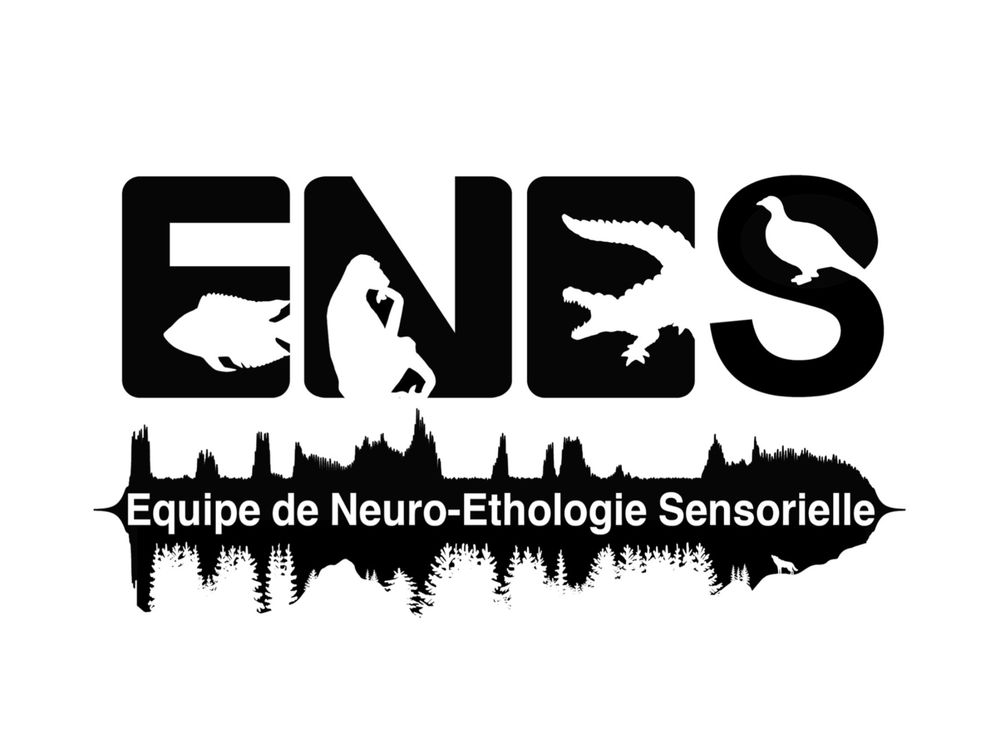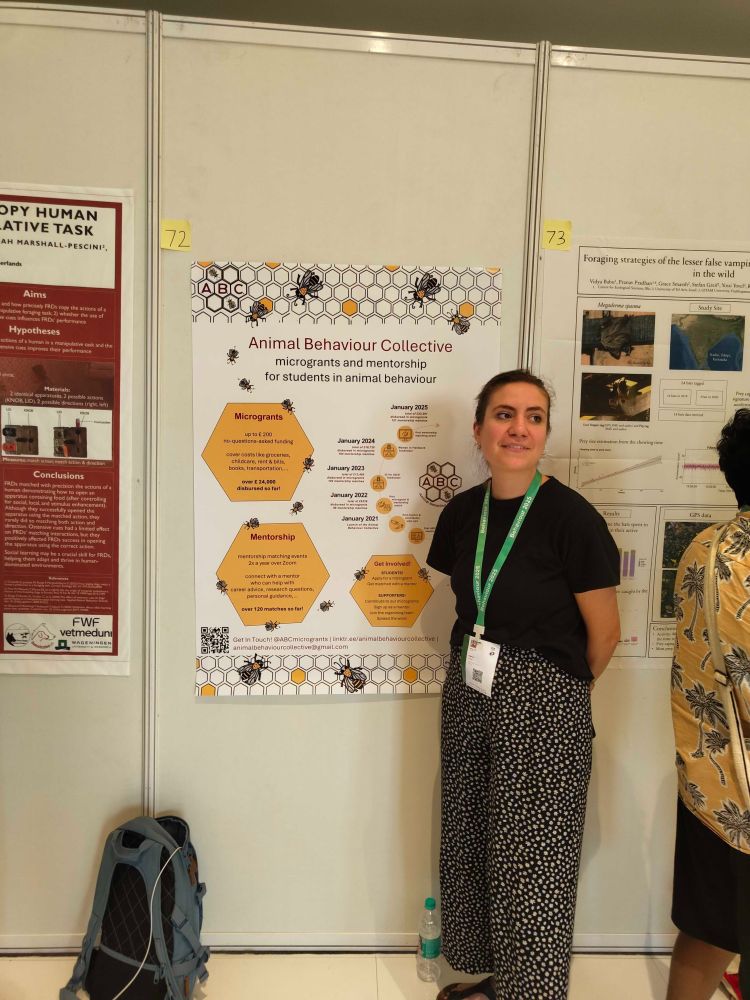Maria Sagot
@mariasagot.bsky.social
370 followers
310 following
10 posts
Associate Professor at SUNY Oswego | Bat Behavioral Ecologist | She/her 🦇
Posts
Media
Videos
Starter Packs
Reposted by Maria Sagot
Reposted by Maria Sagot
Reposted by Maria Sagot
Reposted by Maria Sagot
Reposted by Maria Sagot
Reposted by Maria Sagot
Reposted by Maria Sagot
Reposted by Maria Sagot
Reposted by Maria Sagot
Reposted by Maria Sagot
Reposted by Maria Sagot
Reposted by Maria Sagot
Reposted by Maria Sagot
Samuele Ramellini
@sramellini.bsky.social
· Aug 17

Non‐breeding social behaviour as an investment in reducing future territoriality costs
Territoriality is costly, and animals should adopt strategies to cope with these costs. Seasonal territoriality for breeding – a common strategy in many groups of animals – can reduce costs during th...
doi.org
Reposted by Maria Sagot
Eliot Miller
@eliotmiller.bsky.social
· Jul 31

A new time tree of birds reveals the interplay between dispersal, geographic range size, and diversification
Flight may affect the dispersal and evolution of birds. Using a new evolutionary tree,
Claramunt et al. find that efficient fliers have broader geographic ranges, and speciation
reduces range size, bu...
www.cell.com
Reposted by Maria Sagot
Reposted by Maria Sagot
Green Alliance
@green-alliance.org.uk
· Jul 24
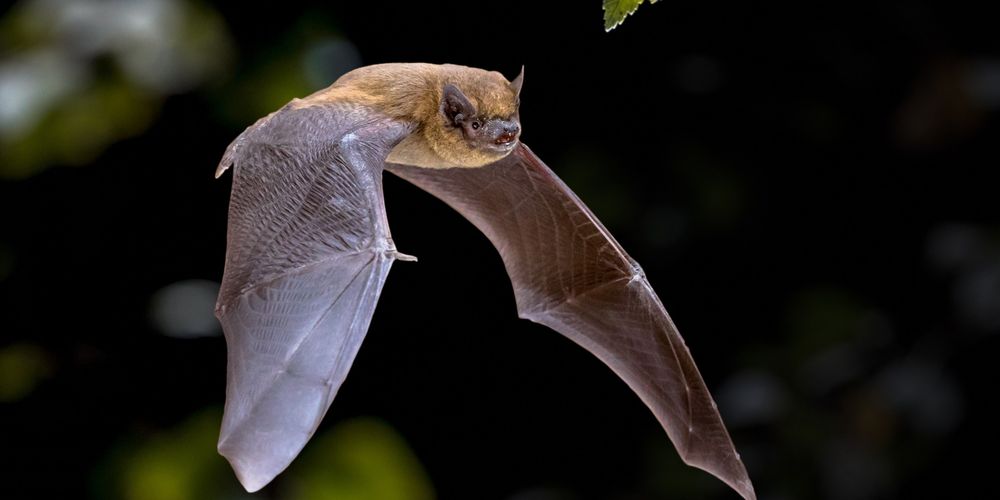
Why nature must be made visible in decision making
Too often, nature is treated as a constraint to development. The prime minister’s comments earlier this year about the impact of bat conservation on the completion of HS2, sparked frustration within the conservation community, as this unhelpfully framed nature as being in conflict with economic growth.
greenallianceblog.org.uk
Reposted by Maria Sagot
Matt Toomey
@mbtoomey.bsky.social
· Dec 2

Multiple pathways to red carotenoid coloration: House finches(Haemorhous mexicanus) do not use CYP2J19 to produce red plumage
The carotenoid-based colors of birds are a celebrated example of biological diversity and an important system for the study of evolution. Recently, a two-step mechanism, with the enzymes cytochrome P450 2J19 (CYP2J19) and 3-hydroxybutyrate dehydrogenase 1-like (BDH1L), was described for the biosynthesis of red ketocarotenoids from yellow dietary carotenoids in the retina and plumage of birds. A common assumption has been that all birds with ketocarotenoid-based plumage coloration used this CYP2J19/BDH1L mechanism to produce red feathers. We tested this assumption in house finches ( Haemorhous mexicanus ) by examining the catalytic function of the house finch homologs of these enzymes and tracking their expression in molting birds. We found that CYP2J19 and BDH1L did not catalyze the production of 3-hydroxy-echinenone (3-OH-echinenone), the primary red plumage pigment of house finches, when provided with common dietary carotenoid substrates. Moreover, gene expression analyses revealed little to no expression of CYP2J19 in liver tissue or growing feather follicles, the putative sites of pigment metabolism in molting house finches. Finally, although the hepatic mitochondria of house finches have high concentrations of 3-OH-echinenone, observations using fluorescent markers suggest that both CYP2J19 and BDH1L localize to the endomembrane system rather than the mitochondria. We propose that house finches and other birds that deposit 3-OH-echinenone as their primary red plumage pigment use an alternative enzymatic pathway to produce their characteristic red ketocarotenoid-based coloration. ### Competing Interest Statement The authors have declared no competing interest.
www.biorxiv.org
Reposted by Maria Sagot
Geoff Hill
@geoffhill.bsky.social
· Apr 1
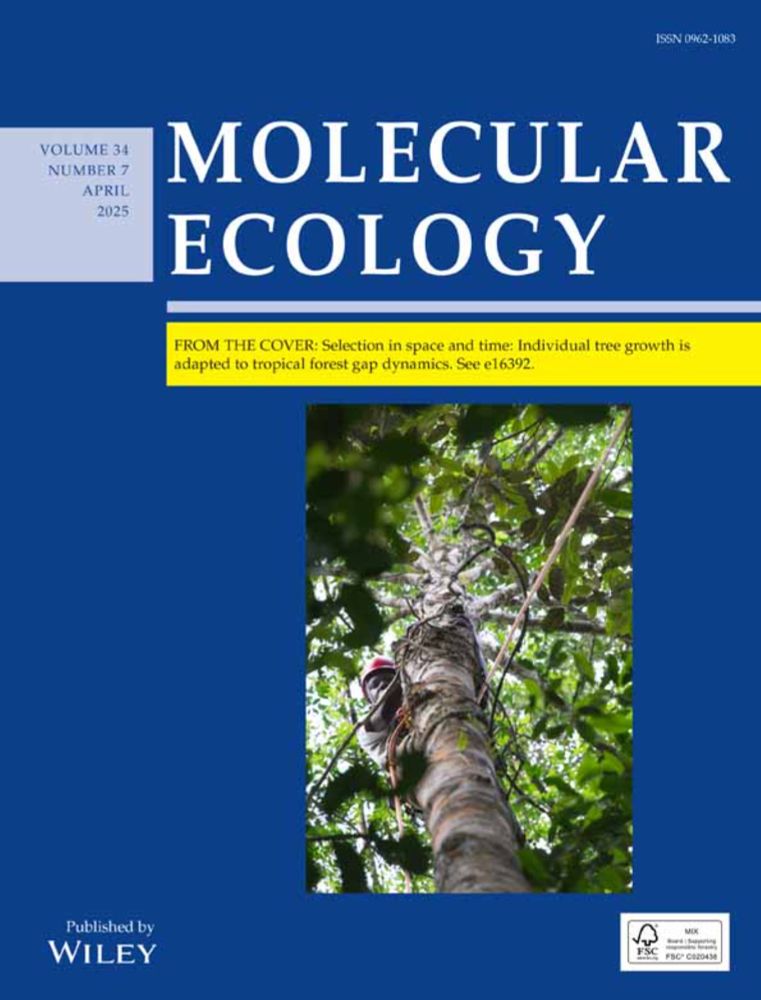
Multiple Pathways to Red Carotenoid Coloration: House Finches (Haemorhous mexicanus) Do Not Use CYP2J19 to Produce Red Plumage
The carotenoid-based colours of birds are a celebrated example of biological diversity and an important system for the study of evolution. Recently, a two-step mechanism, with the enzymes cytochrome ...
onlinelibrary.wiley.com
Reposted by Maria Sagot
Dr Alison Peel
@alibat.bsky.social
· Jul 21
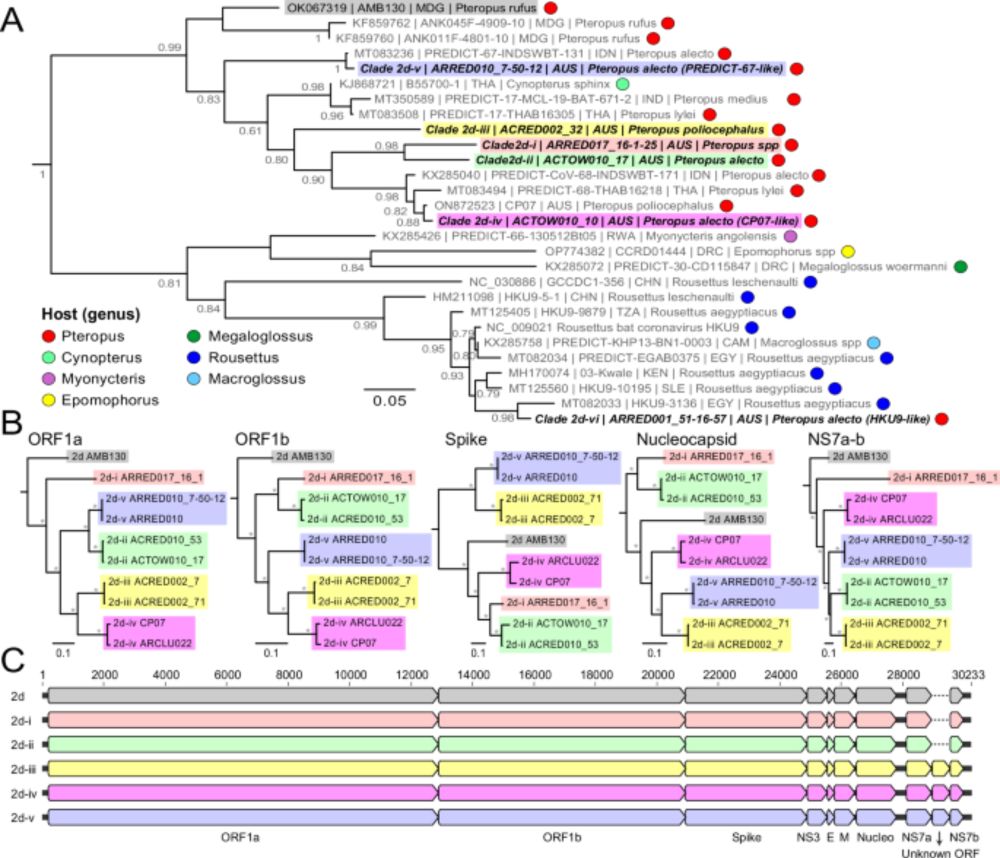
Synchronized seasonal excretion of multiple coronaviruses coincides with high rates of coinfection in immature bats - Nature Communications
Bats harbor diverse coronaviruses but temporal dynamics are less well studied. Here, the authors analyzed coronaviruses in Australian flying foxes over 3 years showing peak shedding and co-infections ...
doi.org
Reposted by Maria Sagot



